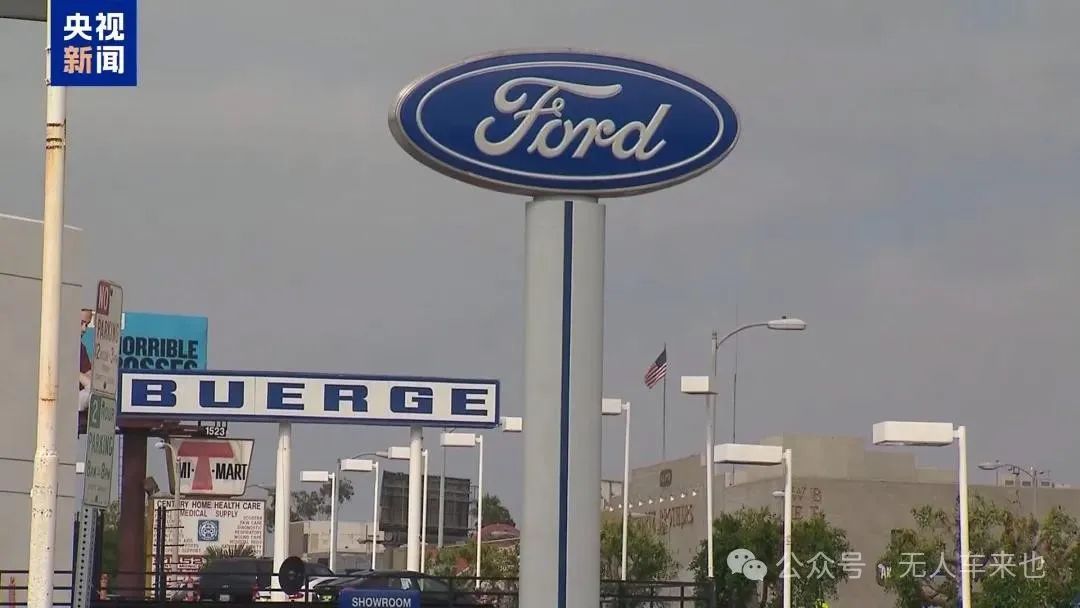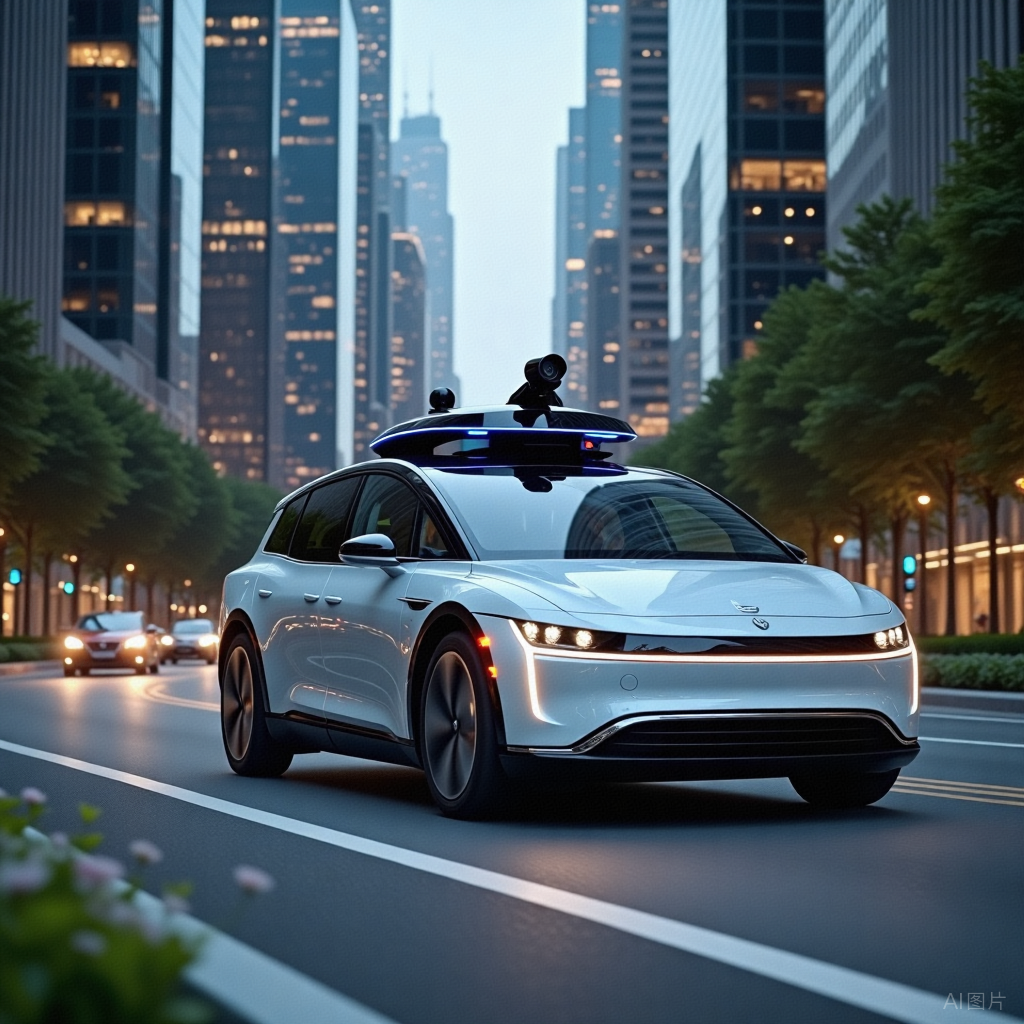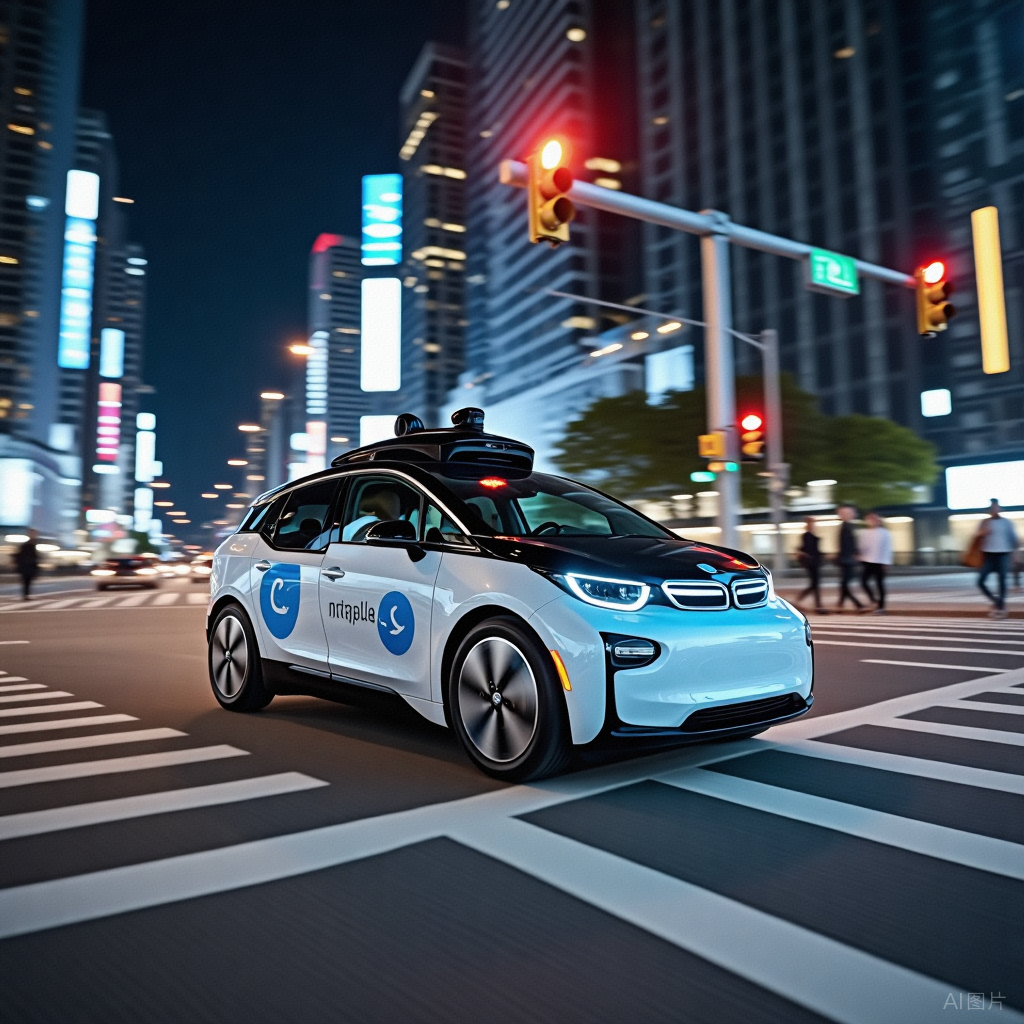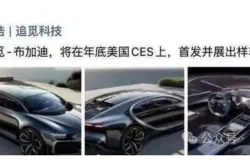Ford Halts Car Exports to China: A Ripple Effect for Autonomous Driving?
![]() 04/22 2025
04/22 2025
![]() 582
582
Introduction
Recently, Ford Motor made a surprising move—it suspended exports of high-end models such as the F-150 Raptor and Mustang to China. The reason is straightforward: tariffs have skyrocketed to 150%.
As a result, an F-150 Raptor, which retails for $60,000 in the United States, would cost nearly $100,000 (about 720,000 yuan) in China. At this price, consumers could buy two top-spec BYD N7s and still have enough left over for three years of fuel.
During an earnings call, Ford CEO Jim Farley lamented financial difficulties but emphasized, "We still made $600 million in the mainland market!" (Subtext: While selling cars doesn't generate profits, selling engines and transmissions keeps us afloat.)
More intriguingly, while Ford grapples with these tariffs, China's autonomous driving industry may paradoxically benefit significantly.
Unmanned Vehicle Coming (public account: Unmanned Vehicle Coming) delves into this topic!
(For reference, please click:
"Ford and Mazda: Two Once Iconic Models Cease Production! Netizens Say 'An Era Has Ended'")

Source: CCTV News
I. Ford Halts Exports: A "Painful Birth" Due to Tariffs
Let's start with the cause of this situation.
As Sino-US trade tensions escalate, China has imposed retaliatory tariffs on US imported cars, with some models facing tariffs as high as 150%.
This came as a shock to Ford.
For instance, the price of the F-150 Raptor in China nears $100,000, an absurdly high figure due to the added tariff. How can consumers afford such a steep price?
Over the past decade, Ford has exported an average of over 20,000 vehicles to China annually, but exports plummeted to about 5,500 vehicles in 2024.
With this suspension, Ford's sales and market share in China will undoubtedly decline further.
However, Ford hasn't completely abandoned the Chinese market, continuing to export US-produced engines and transmissions. The locally produced Lincoln Nautilus model in China is also expected to continue shipping.
Although complete vehicle exports are cooling, Ford still has two strategies:
First, continue selling engines and transmissions (low tariffs, stable profits).
Second, reverse operation: export the Chinese-made Lincoln Nautilus to the United States (20% lower cost than domestic production).
In industry jargon, this is called "if you can't beat them, join them."
Amid Sino-US trade tensions, automakers are like small boats navigating tumultuous seas, facing immense market uncertainty and policy risks.
II. Autonomous Driving: A "Potential Stock" Struggling to Survive in Tight Spots
What's the connection between Ford's suspension of high-end vehicle exports and autonomous driving?
This begins with the evolving trends in the automotive industry.
Today, the automotive industry is undergoing unprecedented changes, with electrification, intelligentization, networking, and sharing becoming the norm. As the core of intelligentization, autonomous driving has become a "hotcake" that major automakers fiercely compete for.
Let's consider the data.
Some institutions predict that China's intelligent driving car market will reach trillions of yuan by 2025.
In the next 3 to 5 years, the market share of low- and mid-tier intelligent driving and ADAS (Advanced Driver Assistance Systems) will continue to rise, with the penetration rate of L3 and above ADAS expected to reach 35% by 2030.

With such a vast market, who wouldn't want a slice?
Major automakers are racing to deploy intelligent driving technologies.
BYD has announced that all its models will come standard with high-level intelligent driving systems.
Geely has launched the "Qianli Haohan" intelligent driving system based on AI "world models" and other technologies.
Changan's "Beidou Tianshu 2.0" plan proposes launching 35 digital intelligence new vehicles in the next three years.
Even foreign automakers can't sit idle.
Volkswagen Group's software company CARIAD has jointly established CARIZON with Horizon Robotics, actively integrating into China's travel ecosystem while advancing new intelligent driving technologies.
Mercedes-Benz and BMW are also investing heavily in intelligent and autonomous driving, increasing investments and enhancing technologies!
III. Ford's Dilemma: A "Laggard" in Autonomous Driving?
Ford actually has a presence in the autonomous driving field.
Years ago, Ford announced an ambitious autonomous driving plan, aiming to produce over 2 million electric vehicles annually by 2026 and for electric vehicles to account for 50% of its global sales by 2030.
Simultaneously, Ford released the next-generation cloud platform "Blue Oval Intelligence," predicting that the market size for intelligent connectivity-related services will reach $20 billion by 2030.
However, reality has dealt Ford a harsh blow.
The suspension of high-end vehicle exports, while avoiding high tariffs, also reflects Ford's difficulties in the Chinese market.
In China, Ford faces double competition from local brands and German and Japanese brands.
Chinese local brands such as BYD, Geely, NIO, and Huawei Intelligent Driving have captured a large market share with their new energy technologies and cost-effectiveness, while German and Japanese brands still dominate the mid-to-high-end market.
Ford struggles to break through in this tight spot, with its electric vehicle sales trailing behind competitors like Tesla, BYD, and Xiaomi.
For instance, Ford sold a total of 442,000 vehicles (primarily joint venture vehicles) in mainland China in 2024, accounting for 1.6% of the market. This data is quite bleak.
Moreover, Ford's brand image in China is gradually aging, lacking the technological and fashionable appeal favored by young consumers. In the emerging field of autonomous driving, Ford seems to be lagging behind.
IV. Industry Impact: The Competitive Landscape of Autonomous Driving May Be Reshaped
Ford's suspension of high-end vehicle exports will also impact the development of autonomous vehicles.
On the positive side, this may prompt Ford to accelerate its strategic adjustment in China and increase investment in emerging fields like autonomous driving.
After all, China is the world's largest automobile market and a leader in new energy and intelligent driving technologies. If Ford fails to adapt quickly to changes in the Chinese market, it may be marginalized.
For example, the Volkswagen Group has accelerated the development of new intelligent driving technologies by partnering with local companies like Horizon Robotics and actively integrating into China's travel ecosystem.

Ford may also adopt this model and collaborate with Chinese technology companies to develop autonomous driving solutions tailored to the Chinese market.
On the negative side, Ford's suspension of high-end vehicle exports may lead to reduced funding for its autonomous driving technology research and development.
Automakers' R&D investments are limited. Facing difficulties in the traditional fuel vehicle business, companies may prioritize ensuring the survival of their core businesses and cut investments in emerging fields.
However, from an industry perspective, this event may accelerate the global automotive industry's reshuffling.
In the coming years, automotive industry competition will intensify. Automakers, both foreign and local, that fail to keep pace with electrification and intelligentization trends may be eliminated.
In autonomous driving, companies with technological advantages, innovation capabilities, and market insights will stand out and become industry leaders.
V. Future Outlook: Sino-US "Technological Cold War" in Autonomous Driving Intensifies
Despite the many challenges facing the automotive industry, the prospects for autonomous driving remain promising.
With technology's continuous advancement, autonomous vehicles will achieve higher levels of automation, including fully autonomous driving mode, enabling vehicles to operate without human intervention.
As leaders in autonomous driving, competition between China and the United States is intensifying:
1. The United States: The "Silicon Valley Ideal" of Pure Vision
Ford is betting on Tesla's pure vision solution, but reality is harsh:
Accidents are frequent: In 2024, an F-150 Raptor autonomous driving test vehicle crashed into a truck in Texas, with the system misjudging that "the red cabin was a moving obstacle." Cost surge: The cost of lidar accounts for 40% of the entire vehicle, forcing Ford to lay off 5% of its workforce to cut expenses.
Netizens joked, "Americans' pursuit of pure vision is like driving with their eyes—when it's foggy, they're done for!"
2. China: The "Infrastructure Enthusiast" of Vehicle-Road Collaboration
In contrast, China's autonomous driving relies on "infrastructure stacking" to overtake the competition:
Vehicle-Road-Cloud Integration: 5,000 roadside devices have been deployed in Yizhuang, Beijing, allowing autonomous vehicles to predict traffic light changes three kilometers in advance. Cost crushing: The cost of Baidu Apollo's seventh-generation driverless car has been reduced to 150,000 yuan (Ford's L4 solution costs over 800,000 yuan). Policy advantage: Hainan is piloting "dedicated autonomous driving highways," allowing driverless cars to legally speed (up to 120 km/h). Industry insiders say: High tariffs make it harder for American automakers to enter China, while Chinese autonomous driving companies thrive with low costs and policy support.
In summary, Unmanned Vehicle Coming (public account: Unmanned Vehicle Coming) believes that Ford's predicament with tariffs has unexpectedly spurred the "counterattack" of the autonomous driving industry. The ultimate winner of this game may not be automakers but technology itself—while the United States still worships "pure vision," China has fortified itself with "Vehicle-Road-Cloud"; as traditional fuel vehicles are strangled by tariffs, autonomous driving is taking off with the east wind.
Therefore, the next time you hear about a "Sino-US tariff war," imagine a popup in the background: Your autonomous driving subscription service has been upgraded!
What do you think? Past Reviews:






